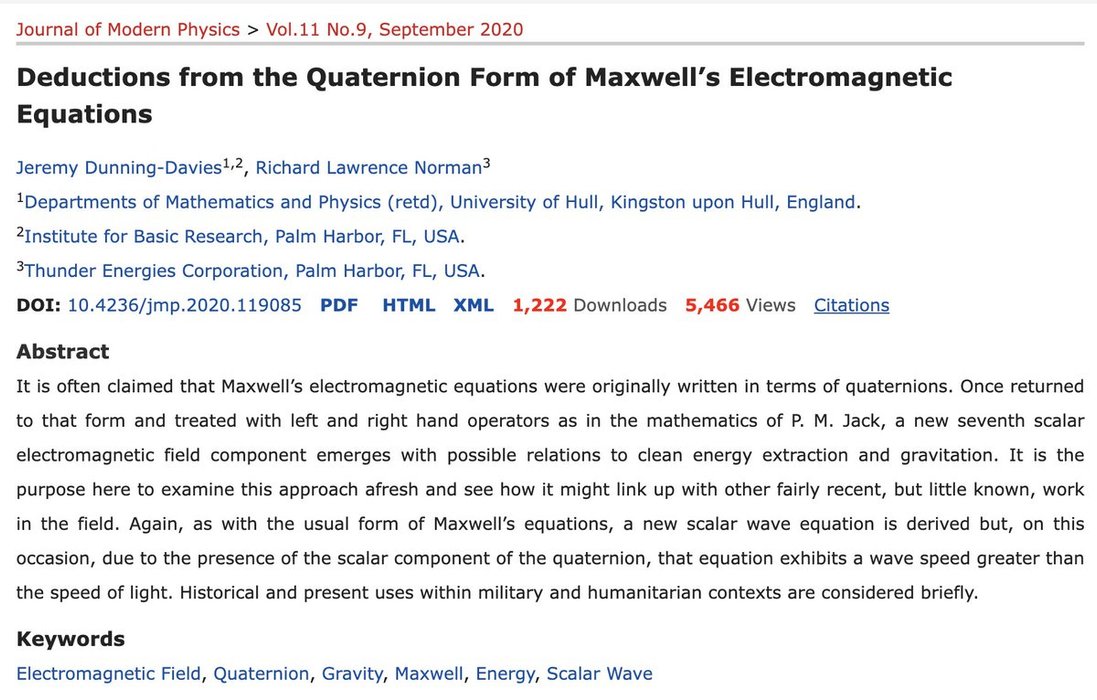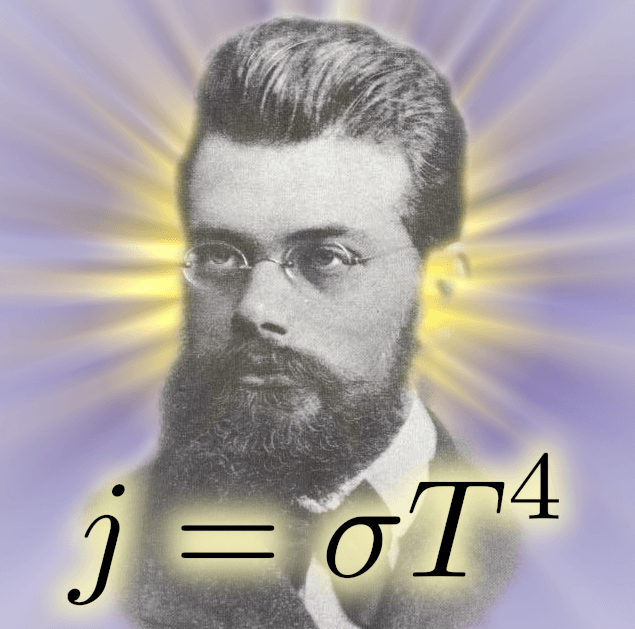Sublime
An inspiration engine for ideas
Within a few years, James Clerk Maxwell transforms Faraday’s visionary insight into a system of equations describing the fields. He grasps that light is nothing but a swift ripple upon these webs, and that these ripples, at greater wavelengths, can bear signals. Hertz reproduces them in the laboratory,
Carlo Rovelli • Anaximander: And the Birth of Science

Einstein invented everything he was ever going to invent by the age of 25. The rest of his life was spent in a futile chase to find a force he couldn’t find called the Fifth Force—the unifying force.
Stuart Wilde • Infinite Self: 33 Steps to Reclaiming Your Inner Power


Michael Faraday and James Clerk Maxwell—the first, one of the greatest experimenters in the history of science, the second, a brilliant theorist. When Faraday produced an electric current in a coil of copper by moving a magnet near it, and thus converted the mechanical work of moving the magnet into electric energy, he brought science and
... See moreFritjof Capra • The Tao of Physics: An Exploration of the Parallels between Modern Physics and Eastern Mysticism

maxwell boltzmann distribution - Google Search
google.comAn Intuitive Guide to Maxwell’s Equations
photonlines.substack.com